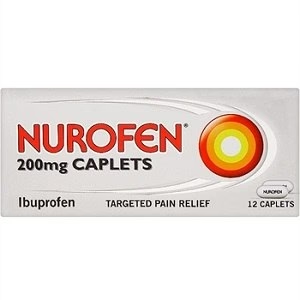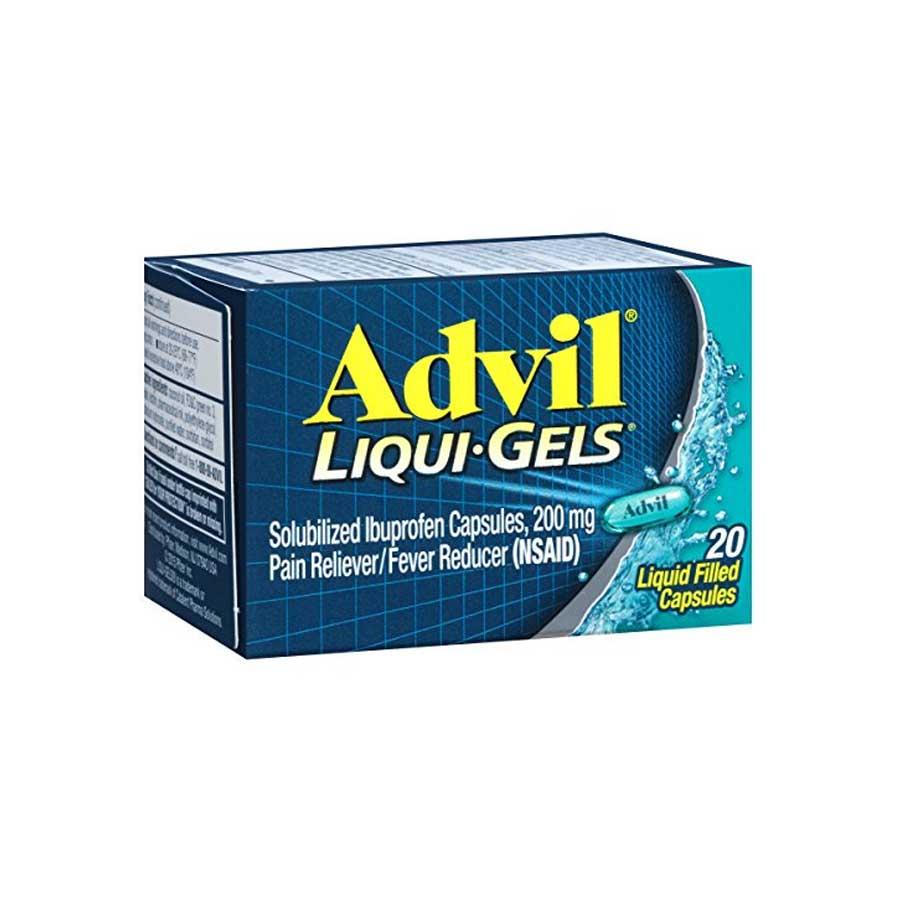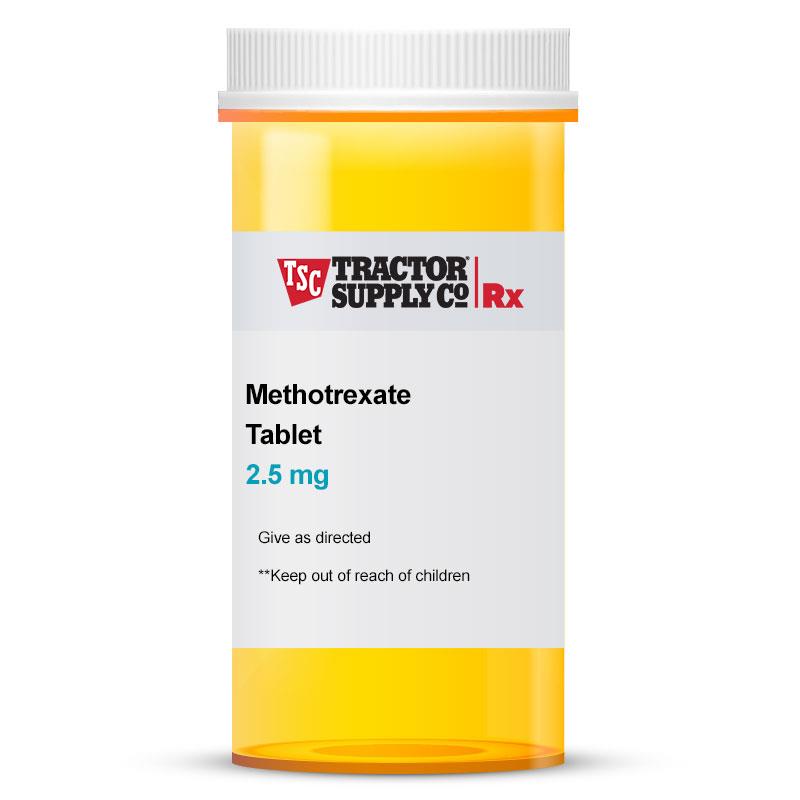Overview
Rheumatoid arthritis (RA) is a type of arthritis, or joint inflammation. There are many types of arthritis, with different symptoms and causes. The symptoms of RA, including pain, swelling, and stiffness in the joints, are caused by the body’s own immune system harming the joints. This makes RA an autoimmune disease: The immune system attacks the body instead of targeting viruses and bacteria.
The immune dysregulation in RA can also attack other body parts. This means that, for some people, the inflammation caused by RA can affect the heart, lungs, and eyes. RA can also increase the risk of other diseases, including:
Over time, the inflammation due to RA can lead to joint damage and destruction. This can affect mobility, independence, and quality of life. RA is a chronic condition that has no cure. But with treatment, it is possible for people with the disease to control their symptoms, prevent or slow joint damage, and lead an active life.
RA is the most common autoimmune joint disease, affecting many Nigerians.
Causes
Autoimmune diseases, including RA, don’t have a cause that’s easy to pinpoint. Many complex factors are involved, including genetics and the environment to which you are exposed.
Studies have estimated that RA has a heritability of 60%. This means that genes play a large role in causing the disease, but they are not the only cause. People with genes linked to RA may be more likely to get it — or to have worse symptoms — when exposed to the same environmental risk factors as people without those genes.
Although RA can happen to anyone, anywhere, at any age, there are some well-established risks for developing the condition:
- Being born female: Women are two to three times more likely than men to develop RA.
- Getting older: Symptoms of RA usually start between ages 30 and 60 in women and after age 45 in men. And the risk increases with age, peaking between 65 and 80. That said, RA can develop at any age, even in childhood.
- Where you’re from: You’re more likely to develop RA if you live in Australasia, Western Europe, or North America.
- Smoking cigarettes: This is the strongest modifiable risk factor for developing RA. The more you smoke, the higher your risk.
Other possible risks for RA that are less well established include obesity and insufficient vitamin D, whereas factors that may decrease the risk include breastfeeding and consuming a moderate amount of alcohol.
Symptoms
The autoimmune inflammation in RA causes symptoms such as:
- Pain, swelling, and stiffness in the joints
- Fatigue
- Fever
- Loss of appetite
- Dry eyes and mouth
- Small, firm bumps under the skin, known as rheumatoid nodules, usually around the elbow or hand joints
Usually, the joints are affected equally on both sides of the body. But sometimes, early in the disease, a single joint can be affected. RA usually starts in the small joints of the hands and feet, but it can affect any of the joints. Joint stiffness in the morning is common.
Symptoms can come and go from day to day. When symptoms worsen, this is called a “flare.”
Long-standing or untreated RA can make it difficult to work and enjoy daily activities, and it can lead to:
- Damaged joints
- Heart disease
- Infection
- Increased risk of death
Treatment
Diagnosis
The first step in diagnosis is seeing your primary care provider. If you or your provider think your joint pain may be due to RA, the next step may be seeing a specialist, known as a rheumatologist. The rheumatologist will ask questions about your:
- Symptoms
- Medical history
- Family history
- Current medications
They will then perform a physical exam and probably order some lab work and imaging tests.
Common lab tests that are commonly ordered to look for RA are:
- Rheumatoid factor: an autoantibody that is positive in 70% to 80% of RA cases
- Anti-cyclic citrullinated peptide antibody (anti-CCP): an autoantibody that is common in people with RA and can be found early in the course of disease
- Complete blood count (CBC): a routine blood test that can reveal anemia, a common condition associated with RA
- Erythrocyte sedimentation rate (ESR): a test that can indicate the presence of inflammation in the body
- C-reactive protein (CRP): another test that indicates inflammation
Common imaging tests include:
- X-rays: These will be taken of the affected joints on both sides of the body, even if only one side is painful, to see if there is any joint damage. Sometimes, X-rays may appear normal in early RA, before joint damage is severe.
- MRI: These more detailed images of affected joints can be useful if your X-rays are normal but your symptoms strongly suggest you have RA. MRI can detect inflammation in the joint before there is joint damage, so it can help with early diagnosis.
Treatments
Once RA is diagnosed, it is important to start treatment right away. Although there is no cure, there are safe and effective treatments that can help control symptoms and reduce the risk of long-term complications, such as joint damage and disability. Treatment can include:
- Medications
- Physical therapy
- Lifestyle changes
- Surgery
The goal of treatment is to achieve remission, or elimination of the inflammation causing your symptoms. This will improve pain and swelling in affected joints and prevent other joints from being affected. This is not the same as a cure, because the inflammation can come back if you stop treatment. It’s also important to stay active and maintain motion in your joints.
Even with treatment, not everyone is able to achieve remission. In that case, the goal is to reduce the inflammation as much as possible: You’ll get more pain-free days, and this can slow down the disease to help prevent irreversible joint damage over time.
Sometimes, surgery is needed for joints that are severely damaged. However, with improvements in medications, the need for joint-replacement surgery has actually decreased in people with RA in recent years.
Medications
The most effective treatments for RA require a diagnosis and a prescription. They include:
- Anti-inflammatory medications: Examples are non-steroidal anti-inflammatory medications (NSAIDs) and steroids.
- Disease modifying anti-rheumatic drugs (DMARDs): These treat and prevent symptoms by decreasing inflammation and slowing disease progression.
- Biologic response modifiers: These block signals within the immune system. They also slow disease progression.
The first line of treatment is usually anti-inflammatory medications to quickly get your symptoms under control. They are commonly prescribed at low doses for a short time (less than 3 months). Examples include:
Once you have an RA diagnosis, your rheumatologist is likely to recommend that you start a DMARD medication to help slow down the disease. You may start with one DMARD and then need to add another one. Examples include:
If your symptoms do not get better with DMARDs, the next step is to start a biologic medication. Examples include:
- Adalimumab (Humira)
- Etanercept (Enbrel)
- Tocilizumab (Actemra)
You may need to try several different medications, or a combination, to find what works best for you. The best combination of medications can also change with time, meaning that some medication might work for a while, and then stop working. It is common to have to make changes during treatment.
Each of these medications can have different and sometimes serious side effects. Most people will need regular lab work to check that the medications are not causing problems.
Living
Sometimes, RA flares can make usual activities difficult, and you may need a short course of steroids or pain medication. That said, most people with well-controlled RA are able to lead active lives.
Exercise is safe for people with RA, and in fact, it’s recommended. Low-impact exercises, such as walking and swimming, can be very helpful in reducing inflammation and improving heart health, without causing joint stress. Other types of recommended physical activity include flexibility exercises to reduce joint stiffness, muscle-strengthening exercises to prevent muscle loss, and balance exercises to help prevent falls. Be sure to speak to your healthcare provider if you’re new to exercise.
There are also other ways to help ease joint pain, including:
- Hot and cold compresses
- Warm baths
- Massage therapy
- Acupuncture or acupressure
Reducing stress with meditation, deep breathing, and emotional support can help with pain management. Similarly, cognitive behavioral therapy and mindfulness can help with pain and fatigue related to RA. Don’t forget to get enough rest, too — joint pain and inflammation get worse with stress, joint overuse, and poor sleep.
Medications & Collections
These drugs are vital for controlling and improving the health of individuals with this condition. They include both preventive and symptomatic treatments.

Nurofen 400mg
₦3,750

Nurofen 200mg
₦2,100

Advil Gel 200MG
₦79

Methotrexate 2.5mg
₦10,000
